rexbobcat
Been spending a lot of time on here!
- Joined
- Nov 28, 2011
- Messages
- 5,014
- Reaction score
- 1,967
- Location
- United States
- Can others edit my Photos
- Photos OK to edit
I'm taking a 2-week photography course down in Junction, Texas, and I'm going to be renting a few things before I go.
I was thinking about renting an ND filter, because I don't feel like spending upwards of $70 on something I'm not even sure I will use that much.
Which is better?
The full ND filter that has an absolute density, or the variable density filter? I haven't read much about the ones where you can change the density like with a Circular Polarizer.
I was thinking about renting an ND filter, because I don't feel like spending upwards of $70 on something I'm not even sure I will use that much.
Which is better?
The full ND filter that has an absolute density, or the variable density filter? I haven't read much about the ones where you can change the density like with a Circular Polarizer.


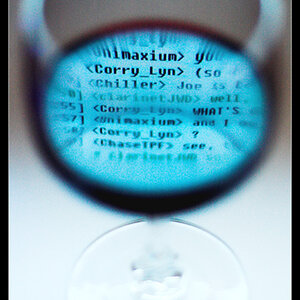
![[No title]](/data/xfmg/thumbnail/30/30871-c87f97bf2d9d493b4c08ba6482680038.jpg?1619734488)
![[No title]](/data/xfmg/thumbnail/30/30874-7f3345ba7c76a7c5fa2570559598531b.jpg?1619734491)
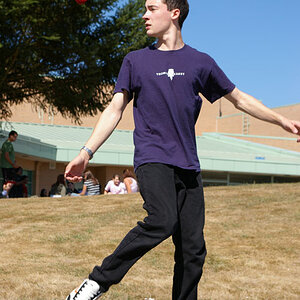
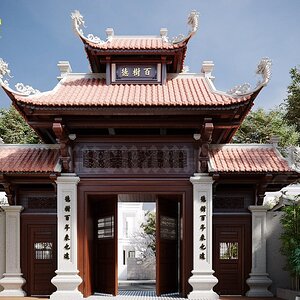
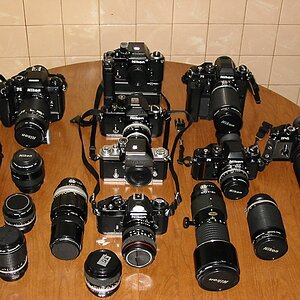
![[No title]](/data/xfmg/thumbnail/42/42397-30faa170de7ed9be38adf00b9b26a220.jpg?1619740167)
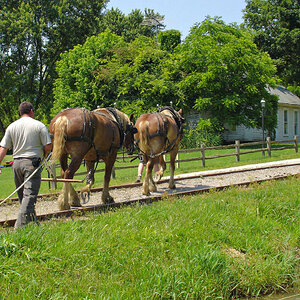
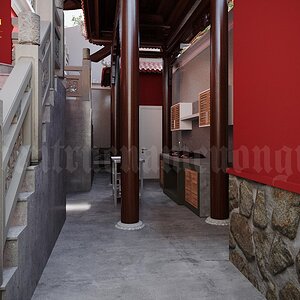
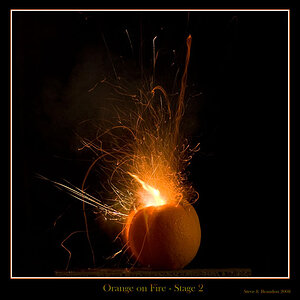
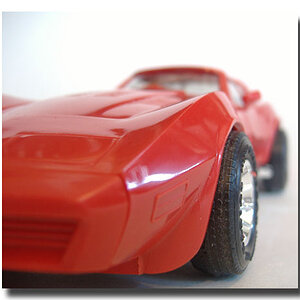
![[No title]](/data/xfmg/thumbnail/31/31751-fb2f68cca32f9eec468dbde7d649840f.jpg?1619734990)